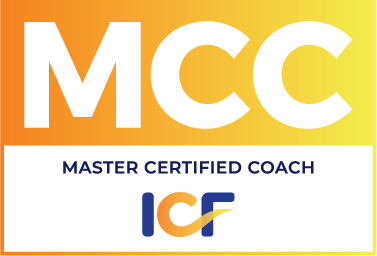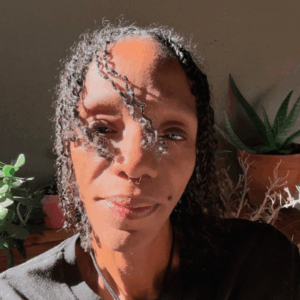Let’s discuss step #5, Internalize. You will remember that “enrollment” is a way of supporting another person by offering a product, a service, or simply a solution; a way of communicating with another person that inspires them to move forward with something they want by using something you have. Enrollment is a way to interact with others so that they want to work with you. (As always, I am indebted to Source Point Training Co. for introducing me to this concept.)
If you haven’t done so already, you may want to read the previous parts of this series:
- Sell Without “Selling,” Part I – Enrollment
- Sell Without “Selling,” Part II – Rapport
- Sell Without “Selling,” Part III – Engage
- Sell Without “Selling,” Part IV – Asking Curious Questions
- Sell Without “Selling,” Part V – Listen
This is the REALITY model of enrollment:
Rapport – Create rapport, build trust.
Engage -- Be genuinely interested and focused on the other person.
Ask -- Ask questions to clarify the other person’s desired outcomes.
Listen – Listen closely for what is important to him or her.
Internalize - Understand the other person and what she wants and needs before you explain what you have. Be sure what you are offering fits the need.
Teach - Show the other person that what you are offering will lead to the outcome they desire.
Yes! – Gain commitment and action.
To review, the first step even before engaging in the enrollment process, is to ask yourself, “what do I want to enroll this person IN?” It is important to know this and be intentional about your efforts.
Then you must gain RAPPORT with the other person. You must ENGAGE with them so you are focused on the other person and they feel that you are present. You must ASK curious questions to find out what is important to the other person. And you must truly LISTEN. This week, we move on to the step called INTERNALIZE.
What does this mean?
Internalize
Internalize means, “understand the other person and what she wants and needs before you explain what you have; be sure what you are offering fits the need.”
This is a simple, but important step. The first part of it – understanding what the other person needs – should arise from the “ask” and “listen” steps. If you are asking curious questions and reflecting back what you hear, you will come to an understanding of what the other person wants.
The second part of this step is to ask yourself, “Do I have what this person needs?” This step will differentiate you from traditional salespeople who continue trying to sell you a vacuum cleaner after you tell them you don’t have a rug. Remember we said that what is important in enrollment is your commitment to the other person’s agenda? The other person’s agenda is what they really want and what is important to them. To be a successful enroller, your agenda (ex: to make a sale) must fit within their agenda. If your agenda does fit within their agenda, then your goal is to help them get what they want. Most people respond favorably to this type of approach. Internalizing is the distinguishing feature of this approach where you become “enroller” rather than “salesman.” The enroller can honestly say, “I hear you want X, and I don’t think what we have is the best fit for you. But you might try going to talk to Joe Smith because I think he can help you get what you need.” This may be your answer if you are honestly looking out for what the other person wants. You will also build trust with that person if you tell them the truth about whether your product/service will fit their need.
Example: One of my clients is a real estate investor. When we began working together, he was transitioning from being a real estate agent and just selling property, to getting involved in real estate development and investment transactions. He decided this was where his new business would be. Here is the conversation he shared with me.
Potential Client [PC]: I am looking for a piece of property to buy.
Owner of Investment Co: [Ask] That’s great. I’m wondering what you want the property for?
PC: I want to use it to make money, as an investment vehicle.
Owner: Well that is what we do, but let me get more information from you. How do you see this being an investment vehicle?
PC: Well, I would buy the property and then I would rent it out and in 25 years, it would be paid off and I would own it free and clear.
Owner: [Reflecting] So you are looking to buy a rental property to hold onto for the long term so that ideally your renter pays the mortgage and you ultimately own the property outright when you retire. Do I have that right?
PC: Yes; that’s exactly what I want to do.
Owner: [Internalizing] That seems like a great plan. That’s not really what I do, but I know a great guy who works in this area. I suggest you go see Joe Smith. He is a very competent real estate agent and can help you to find the perfect property for your needs.
Note: This owner got enough information to discover that the PC was not looking for the type of investment/development property that he worked with. Another option, however, could have been for Owner to have worked on enrolling PC into investing in Owner’s properties. If he wanted to do that, he would have asked more questions about the purpose of investing and made sure that what PC wanted in terms of investment opportunity would be met by changing from buying a piece of property outright to hold for the long term to investing in properties that Owner had for development.
Homework: Thus far, we have had you practice the steps separately. At this point, you should practice enrollment as a whole, over the next 6 weeks. See if you can integrate the six steps we have covered so far. See where you are proficient and where you need help. Leave your questions or post your experiences in the comments below.







